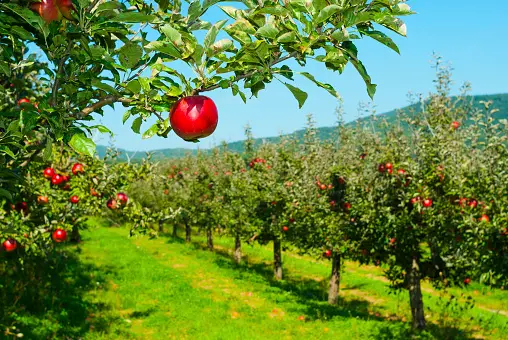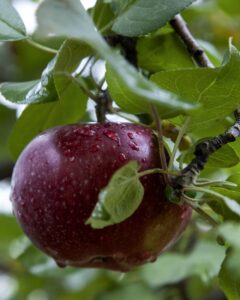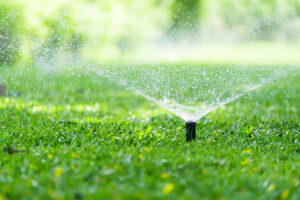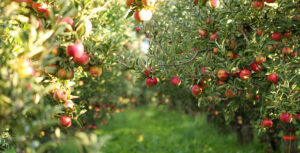Introduction
Apples are not just a tasty and nutritious fruit; they’re also a global agricultural commodity. Efficient apple management and cultivation play a central role in the overall success of this industry. Among many factors contributing to Apple’s growth, the weather has a direct and substantial impact on the Apple management process.
In this blog post, we will explore how temperature, rain, and other elements affect apple management – from planting and growth to disease management.

Understanding Temperature Influence on Apple Management
Temperature is one of the most crucial weather conditions affecting Apple management. Apple trees require a specific range of temperatures at different growth stages to develop and bear fruit successfully. Warmer, temperate climates are ideal for growing apples, but these unique trees also need a certain number of chilling hours to break dormancy and initiate robust growth.
During the winter months, apple trees need to be exposed to low temperatures, ideally between 32 and 45℉ (0 to 7℃), for around 1000 to 1200 hours. These chilling hours help the tree establish a strong root system and enhance spring blossoms. However, sudden extreme temperature fluctuations and late frost may damage flowers and young fruit, impacting apple production and quality.
Timely Rain: A Blessing or a Challenge?
Optimal rainfall is another essential factor in apple management. Although apple trees rely on a consistent supply of water throughout the growing season, excessive rainfall or drought conditions can cause various issues. Too much water can heighten the risk of root rot and mildew, while a lack of water can lead to drought stress, poor fruit size, and reduced fruit quality.
Moreover, timing is crucial! Well-timed rain after long dry spells can benefit the apple tree and reduce the need for irrigation. Conversely, excessive rainfall during pollination can impact fruit set and influence disease development, making it a double-edged sword in apple management.
The Role of Weather in Disease and Pest Management
Weather conditions, such as temperature and humidity, play a significant role in the spread of diseases and apple orchards. Warm, humid climates contribute to the proliferation of fungal, bacterial, or viral diseases among apple trees, leading to decreased yield and fruit quality. Common diseases like apple scabs, powdery mildew, and fire blight are closely connected to specific weather patterns.
Likewise, changes in temperature and precipitation affect the life cycles of pests like aphids, mites, and apple maggots, which can have damaging impacts on apple trees. Monitoring the weather is crucial for the timely application of pest management strategies to protect apple crops from infestations.
Conclusion
Weather undeniably plays a vital role in apples, from the tree’s growth and development to the effectiveness of disease and pest management strategies. Understanding the intimate connection between weather and apple cultivation is the key to a successful, productive apple orchard. As apple growers and researchers continue to study and adapt to an increasingly unpredictable climate, innovative approaches and technologies will be crucial in overcoming prevailing weather challenges and securing a fruitful future for the apple industry.



